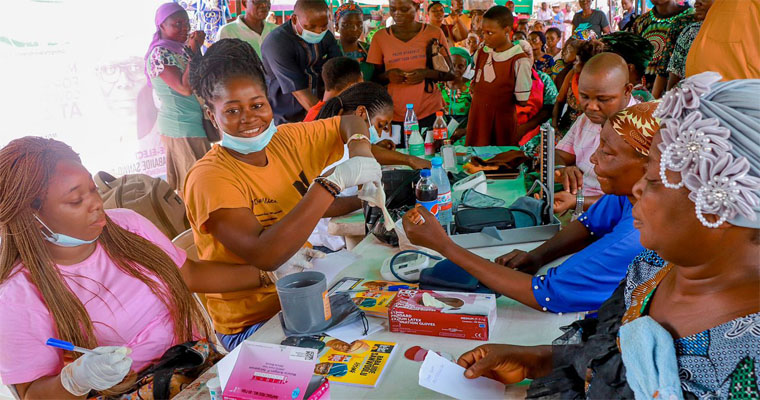Spotlight on Rural Girl Child Education
Education is a fundamental right for every child, yet millions of girls in rural areas around the world are still denied this basic right. Rural girl child education is a crucial issue that affects not only the individual girls but also their families, communities, and the broader society. This article aims to shed light on the challenges, importance, and potential solutions for promoting education for girls in rural areas.
Challenges
1. Cultural Norms and Gender Bias: In many rural communities, cultural norms and gender biases favor boys over girls when it comes to education. Girls are often expected to take on household chores and caregiving responsibilities, leaving little time for schooling.
2. Economic Barriers: Poverty is a significant barrier to education in rural areas. Families with limited resources may prioritize boys’ education, considering it a better investment, while girls may be forced to drop out of school to contribute to the household income.
3. Access to Schools: The distance to the nearest school can be a major obstacle for rural girls. Long and unsafe journeys deter parents from sending their daughters to school. Additionally, the lack of adequate transportation infrastructure exacerbates this issue.
4. Quality of Education: Rural schools often suffer from a lack of qualified teachers, poor infrastructure, and insufficient learning materials. These factors lead to a low quality of education, making it difficult for girls to achieve meaningful learning outcomes.
5. Early Marriage and Pregnancy: In many rural areas, girls are at risk of early marriage and pregnancy, which often leads to the end of their educational journey. Societal pressures and traditional practices reinforce this cycle, keeping girls out of school.
Importance of Educating Rural Girls
1. Empowerment and Gender Equality: Education empowers girls by providing them with knowledge and skills to make informed decisions about their lives. It promotes gender equality by challenging traditional gender roles and stereotypes.
2. Economic Benefits: Educated girls are more likely to participate in the labor market, earn higher incomes, and contribute to the economic development of their communities. Education also helps break the cycle of poverty by enabling girls to support their families financially.
3. Health and Well-being: Education is linked to improved health outcomes for girls and their future families. Educated girls are more likely to have better maternal health, lower child mortality rates, and improved overall health.
4. Social Development: Educated girls are more likely to be active participants in their communities, advocating for social change and contributing to community development. Education fosters critical thinking, leadership skills, and civic engagement.
Solutions and Initiatives
1. Community Awareness and Advocacy: Raising awareness about the importance of girls’ education within rural communities is crucial. Advocacy campaigns can challenge cultural norms and gender biases, encouraging families to prioritize girls’ education.
2. Scholarships and Financial Support: Providing financial assistance, scholarships, and incentives to families can alleviate the economic burden of education and encourage them to send their daughters to school.
3. Improving School Infrastructure: Investing in the construction and maintenance of schools in rural areas is essential. Ensuring that schools are safe, accessible, and equipped with adequate facilities can enhance the learning experience for girls.
4. Training and Supporting Teachers: Quality education requires well-trained and motivated teachers. Investing in teacher training programs and providing ongoing support can improve the quality of education in rural schools.
5. Alternative Education Models: Flexible and context-specific education models, such as mobile schools, community-based education, and distance learning, can address the unique challenges faced by rural girls and provide them with opportunities to learn.
6. Addressing Early Marriage and Pregnancy: Implementing policies and programs to prevent early marriage and support pregnant girls and young mothers in continuing their education is vital. Comprehensive sexuality education and reproductive health services can also play a role in this regard.
Educating rural girls is not just a matter of justice and equality; it is an investment in the future of communities and nations.
Soul Fisher Tweet
Conclusion

The Soulfisher Foundation: Health and Hygiene Tips
Promoting health and hygiene is essential for ensuring the well-being and academic success of rural girls. The Soulfisher Foundation is dedicated to providing practical advice

Partnerships and Collaborations
Partnerships and collaborations are vital for addressing complex challenges and achieving shared goals across various sectors. Here’s how partnerships contribute to collective impact and sustainable

The Soulfisher Foundation: Upcoming Events and Initiatives
Highlighting upcoming events and initiatives can help raise awareness, mobilize support, and inspire action towards improving rural girl child education. The Soulfisher Foundation is committed
